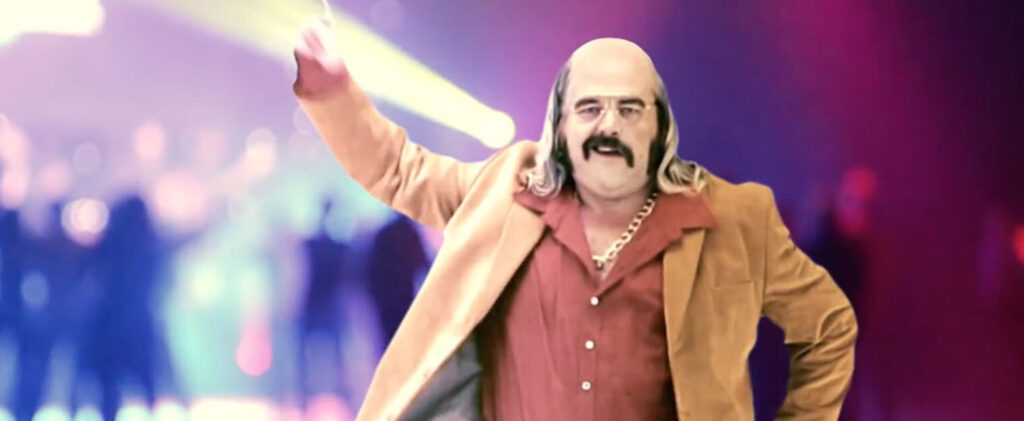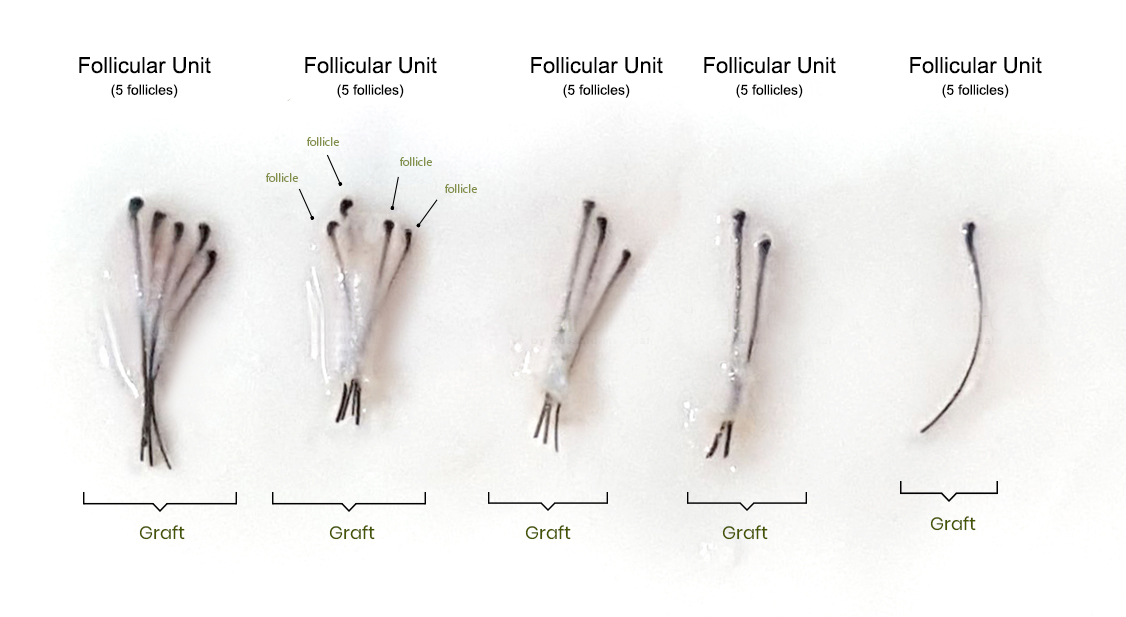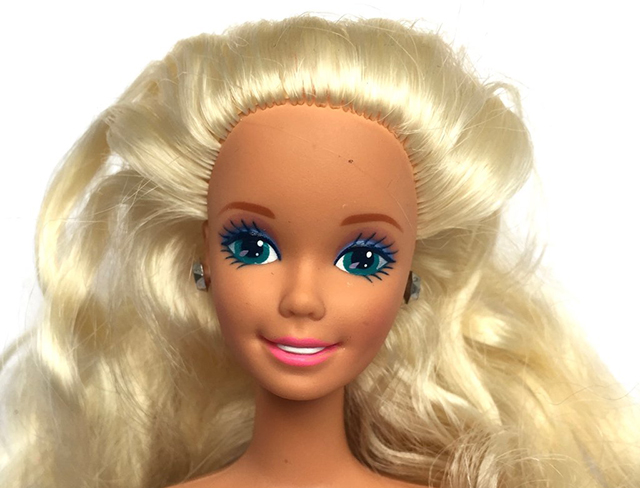Kudos to the Bosley advertising team – they absolutely nailed it with their slogan for hair transplants: “This isn’t 1970.”
Actually, we’ve been saying something similar for years: Not your father’s hair transplant. But we don’t want to be sticklers. The Bosley folks deserve credit for showing us exactly what 1970 looked like:

Dead on, right? Almost makes you a little nostalgic. The video version comes with a disco jig.
But this actually deserves a closer look. Why are hair transplants different today, and what was so bad about their 1970s precursors?
How Hair Transplants Have Changed Since 1970
To answer this, let’s dig a little deeper into how hair transplants work and which terms you should know.
How Hair Transplants Work
A quick recap of how modern hair restoration works: First, the hair grafts are extracted from the donor area – one by one if we’re talking Follicular Unit Extraction or FUE, or as a strip if we’re talking FUT aka the Strip Method. Next, these grafts are inserted, one by one, into the recipient area.
What, then, is a graft?

Good question, Watson. Because what a graft looks like can vary. Grafts (also called follicular units, or follicular unit grafts) can contain up to 4 individual hairs. This makes sense. If you truly had every single hair transplanted by itself, your procedure would take an entire week. Not really how you envisioned spending Spring Break, is it?
Hair Transplants in 1970
So during a hair transplant your individual hairs get bundled into follicular unit grafts of up to 4 hairs/graft. This works well for the most part, particularly for creating density in larger areas like the crown.
But it doesn’t work all that well in areas where the hair is naturally thin and whispy, like your hairline. Take a look in the mirror. The first few rows of your hairline have the “baby hair” look, right? They naturally grow as one haired roots, and it’s very important to recreate that natural look in a hair transplant.
Guess what they didn’t know how to do in 1970? You got it. They just weren’t able to create one-hair grafts. Instead, they put thicker, multi-hair grafts on the hairline, which made each graft stand out like a tree trunk compared to its natural counterpart.
They also extracted hair using a 4mm punch instead of .08-1mm used nowadays. This generated the dreaded “plug” or “doll hair” look you will instantly recognize if you have any dolls in the house.

Hair Transplants Today
Hair transplants today have vastly improved, or you could say fixed, the two problems described above. The hair grafts are now extracted with a punch less than a quarter of the size of the ones used back then. As you can imagine, this makes a huge different in terms of a natural look.
And we have also changed the game by realizing that the hairline is made up of mostly 1-hair grafts rather than 2-4 hair grafts. This allows us to search for 1-hair grafts specifically to be used on the hairline, or if necessary use 2-hair grafts that can be dissected.
Hairlines that are crafted with this new technique can be made to look so natural that it’s virtually undetectable that anything was done at all jetx.
What to Look for in a Provider
But not all modern hair transplants are alike. You could still get a hair transplant in 2020 and look like you time-traveled back to 1970. Especially if you actually traveled abroad to have your transplant, attracted by the low prices. (That’s another topic we’ll discuss soon).
Basically, you’ll want to avoid that “pluggy” hairline at all costs, and you’ll also want to avoid other problems, like a hairline and tissue that exhibits ridging, “cobblestoning,” or misdirected hairs.
That’s right – the direction in which the hair is inserted can also play a big role. There are additional differences for curly hair vs straight hair. You can’t just insert the graft any which way and assume it’ll look great.
Lastly, shape is also important. To get an idea of the quality of hair transplant you can expect from a provider, let them propose a new hairline for you and compare it to other hairlines to see what works for you. You’ll find yourself staring at other people much more closely than you should while you’re contemplating a hair transplant!
We hope we’ve helped you understand a lot better how hair transplants work. And now, we invite you to request a free quote to find out what solution is best for you.

